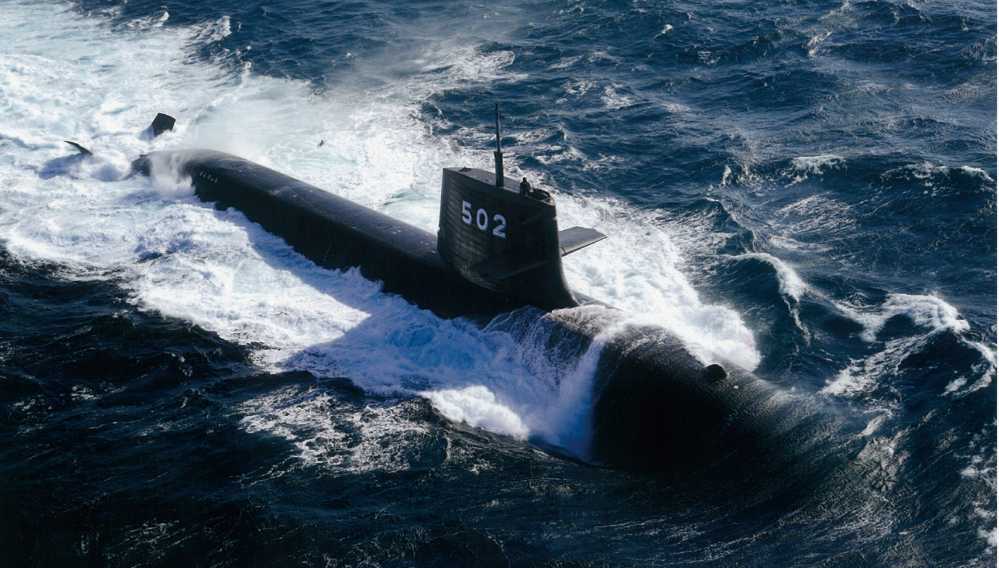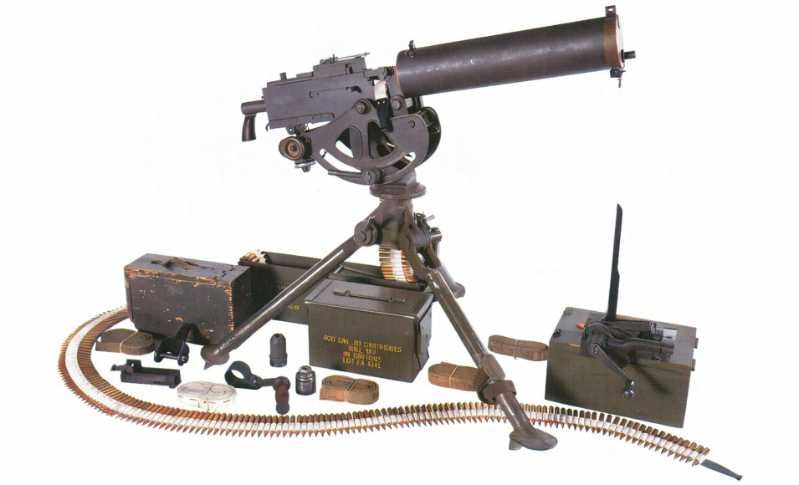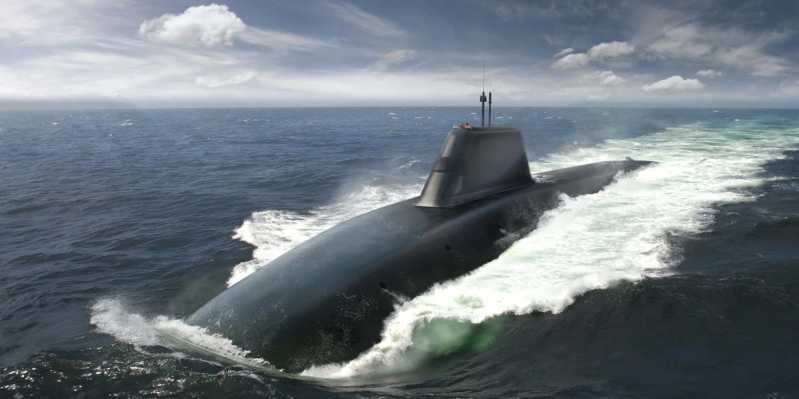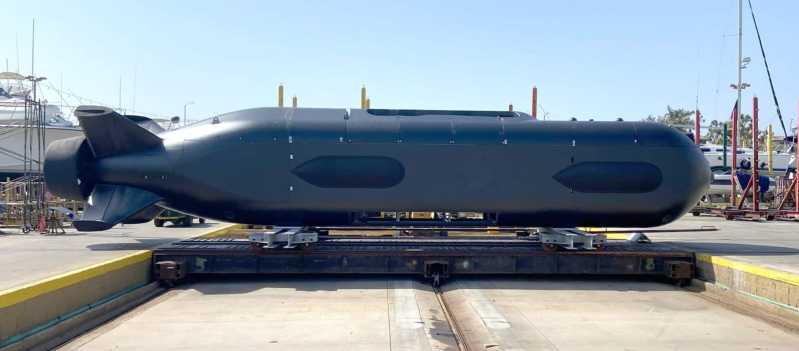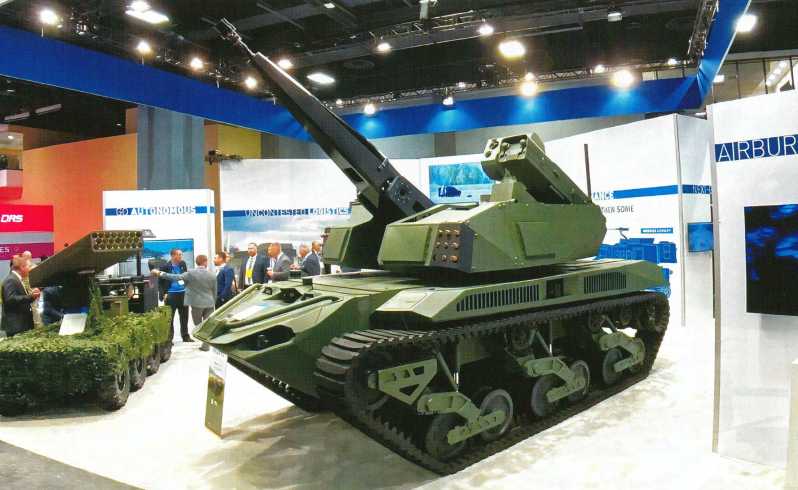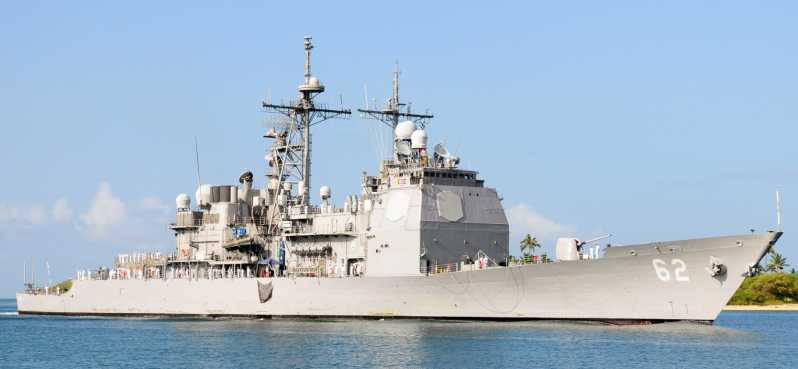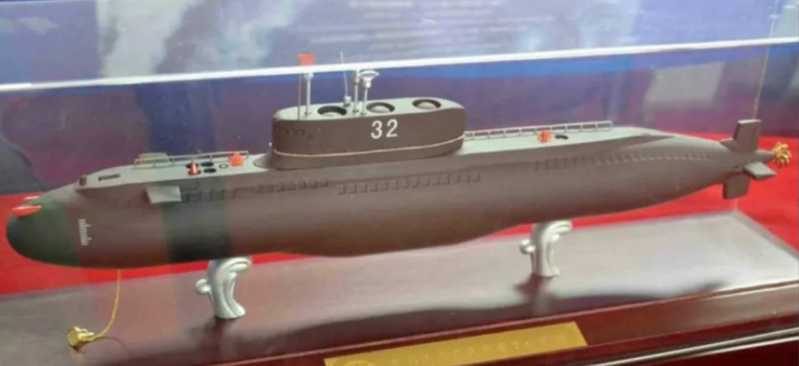The current global security environment has put forward new mission requirements for the navies of various countries. As the focus of underwater operations has shifted from traditional ocean-going missions to coastal operations, the concept of submarine warfare has undergone profound changes, and the technical requirements and operational capabilities of conventional submarines have also changed with each passing day. The role of traditional conventional submarines is to collect intelligence and use torpedoes to attack surface/underwater targets. At present, a new generation of conventional submarines with brand-new performance has been in service or under construction in many countries. They will be given new missions and perform more extensive new tasks. Looking to the future, more and more conventional submarines with technological breakthroughs will be presented to the world.
This series of articles focuses on the technical development of conventional submarines, focusing on the analysis of typical modern conventional submarines in Germany, Japan, the Netherlands, Iran and other countries, and presenting the appearance and equipment of the new generation of conventional submarines in various countries to readers.
In the past decade, due to changes in geopolitical strategies, the nature of the missions of the navies of various countries has also undergone major changes. Conventional submarines have small displacement, low noise when sailing at low speed, can perform missions in coastal areas, and have advantages that are difficult to match with nuclear submarines. They are more suitable for underwater warfare under the new situation. In the past decade, the technological changes and developments of conventional submarines are mainly reflected in the following aspects.
Advanced overall design concept
In terms of the overall design of submarines, there are very obvious differences between conventional submarines and nuclear submarines in appearance, that is, in terms of overall lines. Nuclear submarines basically adopt a teardrop line due to the need for high-speed underwater navigation; while conventional submarines adopt a non-teardrop line due to the need for both surface and underwater navigation. However, the overall line of conventional submarines that have been in service or built in the past decade has gradually developed into a teardrop line that is very similar to that of nuclear submarines. Such as the French Scorpio class, the Korean Dosan An Changhao class, the Japanese Soryu class, and the recently commissioned Taigei class.
The reasons for such a big change in the overall line of conventional submarines are mainly the following factors:
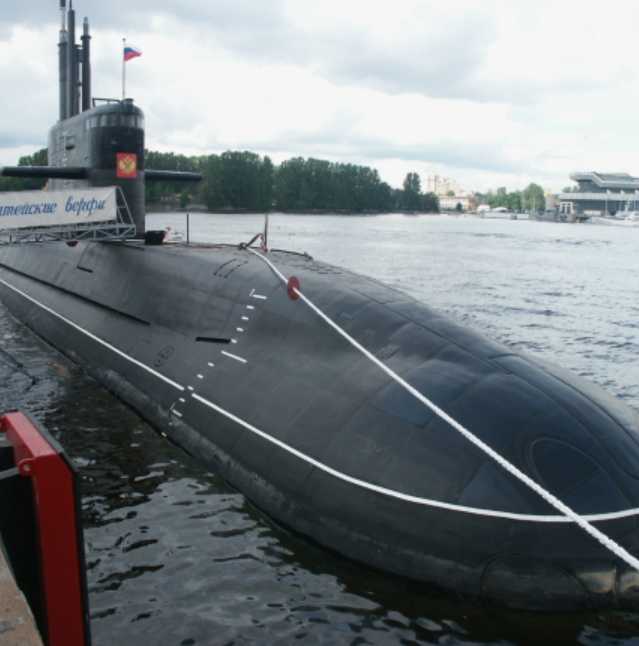
The demand for long-range endurance
Before the widespread use of AIP (air-independent propulsion device) technology, conventional submarines basically use lead-acid batteries equipped in the boat when sailing underwater. This battery has low energy storage and is difficult to maintain long-term underwater navigation. Therefore, submarines often have to alternate between surface and underwater navigation when performing long-distance missions. Although the teardrop line is suitable for high-speed underwater navigation, it is not conducive to surface navigation. The operating environment of conventional submarines since the 21st century, especially the complex international environment in the past decade, requires a significant improvement in the long-range navigation capabilities of conventional submarines. In order to ensure the safety and stealth of underwater navigation, endurance has become one of the most important performance indicators of conventional submarines. The objective environment requires conventional submarines to adopt a teardrop line as much as possible in order to adapt to the needs of the times.
Adopt an X-shaped tail rudder design
Conventional submarines that have come out in the past decade have abandoned the traditional cross-shaped tail rudder design and adopted the most advanced X-shaped tail rudder, such as the French Shortfin Barracuda class, the Japanese Soryu class and the Taigei class. As the external environment has put forward increasingly severe demands on conventional submarines to improve their underwater endurance, underwater maneuverability must also be rapidly improved and improved. The X-shaped tail rudder can not only improve the underwater maneuverability of the submarine, but also improve the reliability of the tail rudder, thereby improving the submarine’s underwater survivability.
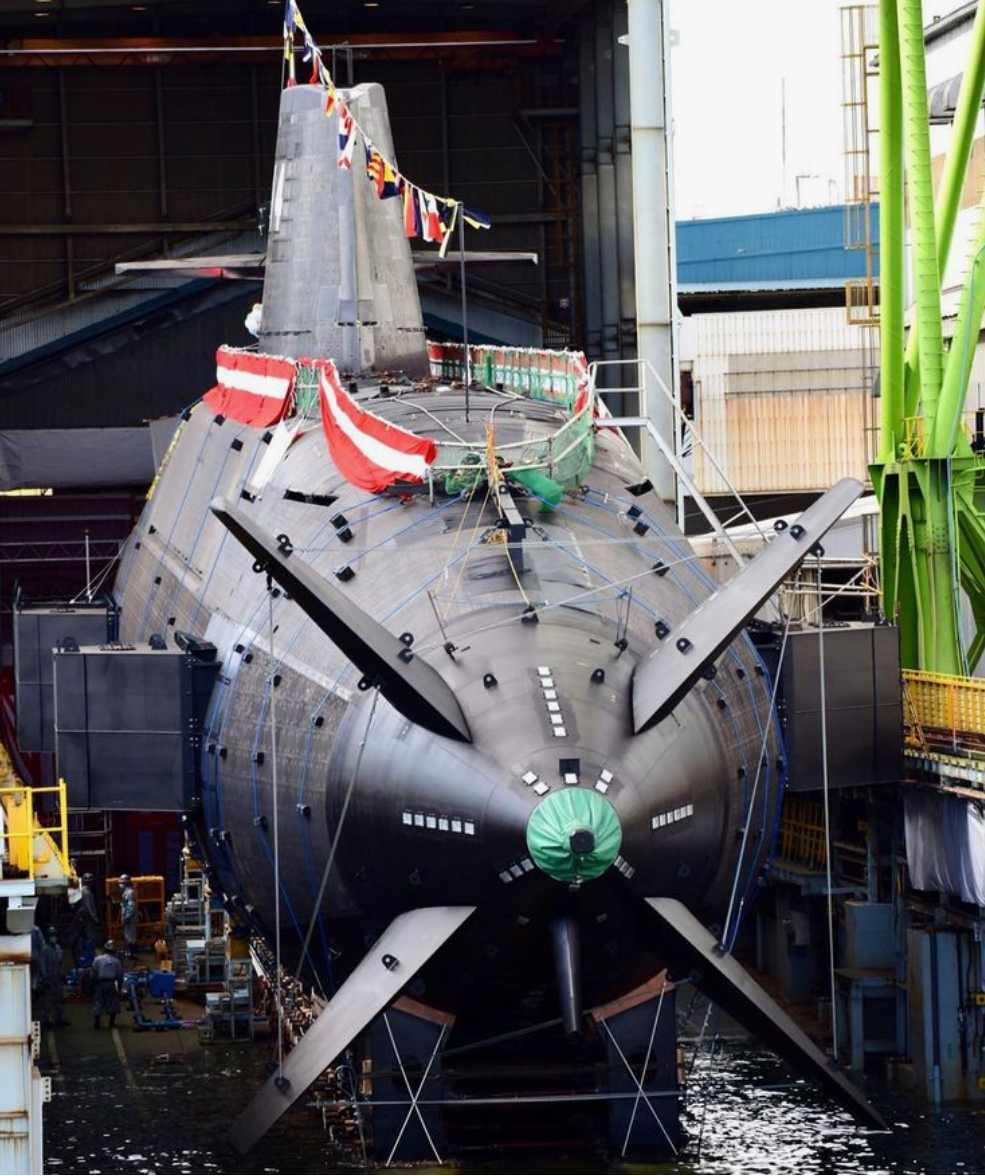
Large displacement design
According to the displacement, conventional submarines can be divided into large submarines over 2,000 tons and small and medium-sized submarines under 2,000 tons. Most of the conventional submarines built during the Cold War and the early 21st century, with the exception of very few, had a displacement of less than 3,000 tons. At that time, 3,000 tons was the upper limit of the displacement of conventional submarines that was difficult to surpass. However, conventional submarines built in the past decade have exceeded the displacement of 3,000 tons, and even showed a trend of gradual increase.
Among them, the typical one is the Dosan Anchanghao class built in three batches by South Korea. The displacement of the first boat "Daoshan Anchanghao" is 3705 tons; the second batch of three boats are the development of the first batch, and the displacement has increased significantly on the basis of the first batch, reaching 4100 tons; the underwater displacement of the third batch is estimated to reach about 5000 tons. Japan’s conventional submarines also present a similar situation. The displacement of the Soryu class is 4200 tons. The first boat of the Taigei class, Taigei, which will be in service in March 2022, is estimated by foreign media to have an underwater displacement of about 4300 tons; Spain’s latest S-80 submarine has a displacement of 3426 tons, becoming the top displacement of the country’s submarines.
Adopting the "command station enclosure transition cover design"
The base of the submarine command station enclosure is connected to the outer shell of the hull, and the corner-filled smooth transition connection design is adopted. The United States calls it the "command station enclosure transition cover". This special structure has a dual role. It can not only greatly reduce the friction resistance generated by submarines when sailing underwater, but also reduce the noise generated when sailing underwater. Since the Seawolf-class nuclear submarine was first adopted, it has gradually reached a consensus among countries and has been adopted one after another. In the past ten years of development, many conventional submarines have also begun to adopt it, which is also one of the signs of the advanced design concept of conventional submarines.
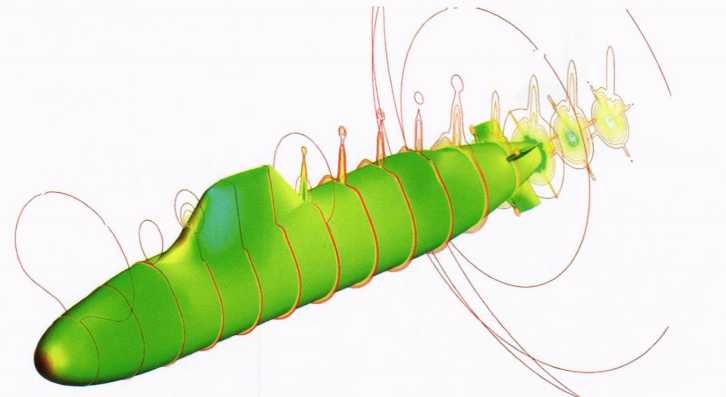
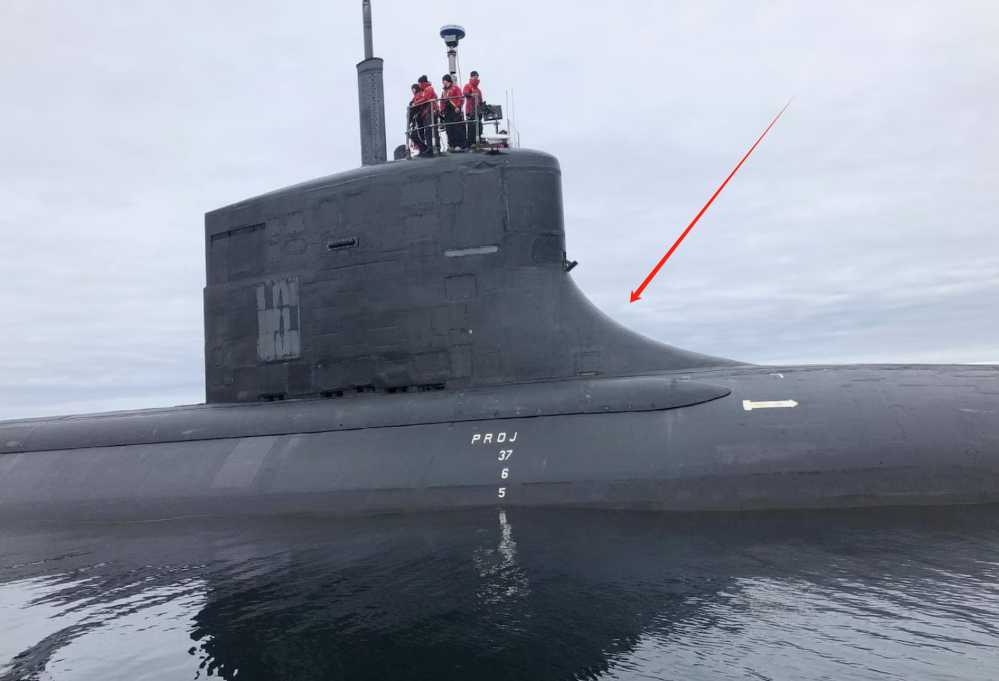
Using composite materials
The French Navy’s Scorpio class can be regarded as a typical example in this regard. The superstructure, tail rudder and command tower of this class of submarines are no longer made of steel, but composite materials. The advantages of composite materials are low material density and strong corrosion resistance, which are very suitable for conventional submarines with strict weight restrictions.
Conventional submarines derived from nuclear submarines
Since the advent of nuclear submarines, conventional submarines have had many insurmountable technical barriers with them. However, with the continuous advancement of technology and changes in the marine combat environment, the barriers between conventional submarines and nuclear submarines have gradually weakened, and some advanced design concepts on nuclear submarines have gradually been integrated into the design concepts of conventional submarines.
A typical example is the Shortfin Barracuda class designed by the French Navy for Australia. In essence, the Shortfin Barracuda class is a conventional-powered derivative of the Barracuda class nuclear submarine. In the design concept of the Shortfin Barracuda class, there are many features that are very similar to the Barracuda class. Although the Shortfin Barracuda class is equipped with conventional power, it is equipped with a dry deck transfer compartment (DDS) on the upper deck behind the command platform enclosure, which is only available to nuclear submarine special operations forces; the propulsion device of the Shortfin Barracuda class is not the seven-blade large side-slant propeller commonly equipped on current conventional submarines, but a pump-jet propulsion device. As we all know, since the advent of the pump-jet propulsion device, conventional submarines of various countries have never been officially equipped with it. It has become a consensus that this device is dedicated to nuclear submarines. All these situations show that the Shortfin Barracuda class has incorporated the design concept of nuclear submarines and has the technical characteristics of nuclear submarines.
In addition, the Shortfin Barracuda class has a lot of room for modification. From the overall design point of view, the Shortfin Barracuda class replaces the nuclear reactor compartment of the Barracuda class with the AIP power compartment. If it needs to be "necessarily" modified. Just replace the AIP power compartment with the nuclear reactor compartment, it can be "transformed" into a nuclear submarine that is almost exactly the same as the Barracuda class.
The SMX-ocean submarine launched by the French Navy in October 2014 has a displacement of up to 4,700 tons. Judging from its basic layout and various performance indicators, this type of submarine is the "template" for the conversion of the Barracuda class from nuclear power to conventional power, and is also the basic model of the short-finned Barracuda class design. In the overall design of the SMX-ocean, the weapons, masts and combat systems on the boat are all based on the Barracuda class design, and the X-shaped tail rudder is retained.

AIP system becomes standard configuration
In the late 1980s, Sweden first used the "Stirling" engine for conventional submarines, and then the technology was equipped on all Swedish submarines and Japan’s Soryu class. After that, three AIP systems were successively adopted by conventional submarines of various countries, namely fuel cells, "Stirling" engines and MESMA (closed cycle steam turbine). After nearly 40 years of development, the current AIP technology has become very mature and can form an independent compartment module, which is very convenient to embed into the conventional submarines in service. Especially in the past decade, the AIP system has gradually become the standard configuration of conventional submarines and is an essential function of modern conventional submarines.
The typical self-sustaining capacity of AIP submarines is about 20 days at an underwater speed of 4 to 6 knots. With the growing demand for submarines for underwater endurance, the importance of AIP technology has become increasingly prominent, which has promoted the research and development of AIP technology in many countries. As early as several years ago, Russia provided AIP designs for Kilo-class and Amur-class submarines, and made the underwater self-sustaining capacity of Amur-class export submarines after 2010 reach 45 days.
At present, from the perspective of the development of AIP technology, the technical risks and economic affordability of equipping conventional submarines with AIP systems have been basically solved, and conventional submarines of various countries are gradually installing AIP systems. At present, the proportion of AIP submarines in conventional submarines of various countries continues to rise. From the development trend, AIP systems will become the standard design of conventional submarines in the time frame of 2020-2025.
Siemens of Germany has launched the fourth-generation fuel cell module design, which is suitable for newly designed submarines and installed on submarines in service. The fourth-generation fuel cell module is an integrated system with small size and high power. It can replace and install spare equipment in only 5 hours by increasing power density and reducing installation space.
Payloads gradually diversify
In the past decade, the types of payloads equipped by conventional submarines have continued to increase. With the rapid development of modular technology, conventional submarines can quickly install a variety of weapons and equipment according to the nature of the mission, which makes the payload of conventional submarines not only torpedoes. The wide range of weapons will play an important role in underwater operations, reconnaissance and special warfare of conventional submarines. To be precise, the ability of conventional submarines to play the role of forward observers in coastal waters means that the intelligence they provide to the headquarters command center may be more valuable than their own attack capabilities.
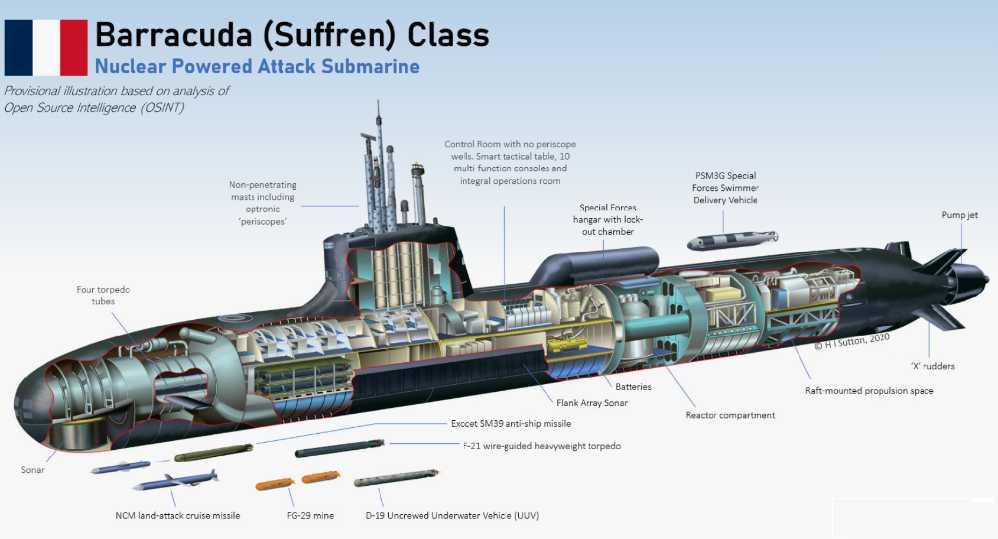
Torpedoes have been the standard weapon for conventional submarines since the end of World War II. Today, efficient and intelligent torpedoes are very quiet and can locate targets through passive sonar. The low noise makes it difficult to locate not only the torpedo itself but also the conventional submarines equipped with torpedoes. Most modern torpedoes are connected to the mother ship through a cable or optical cable, which can be controlled until the last second after launch and can also feedback more information to the submarine through its own sonar.
In recent years, missiles, as the payload of submarines, have been increasingly favored and valued by navies of various countries. Submarine-launched missiles are not only used to attack enemy surface ships and air targets, but also land-based targets. For example, IDAS, jointly developed by Germany and Norway, is an air defense missile system launched underwater by submarines and guided by optical fiber. It has a maximum range of more than 15 kilometers and is mainly used to attack anti-submarine helicopters and anti-submarine patrol aircraft. It can also attack small surface ships and coastal targets. The IDAS missile system is connected to the mother ship through optical fiber throughout the mission, and continuously transmits images to the console of the submarine combat system through an infrared camera. IDAS missiles are launched from storage/launch boxes and can be loaded into torpedo tubes like heavy torpedoes. It is very convenient to equip large conventional submarines, not to mention relatively small submarines.
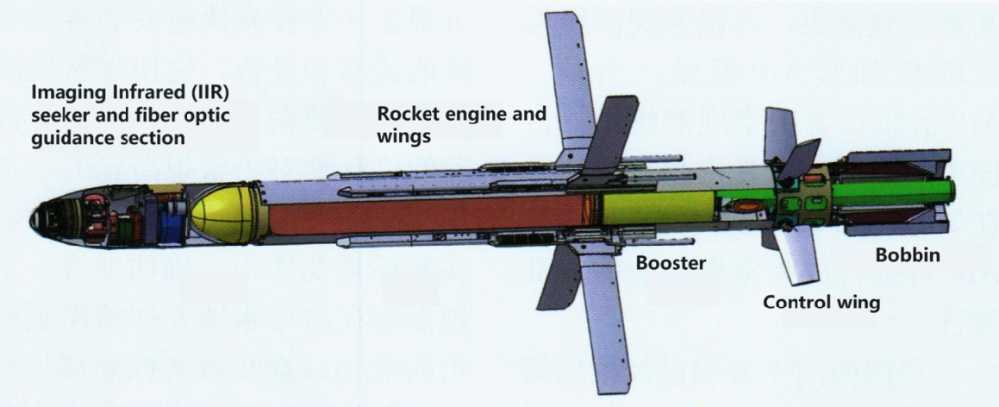
In addition, the French Shortfin Barracuda class also has the conditions for installing air defense missiles. Russia’s Lada class (Type 677) and Kilo class are equipped with 9K310, SA-N-10 and 9K38 air defense missiles respectively. Submarines armed with air defense missiles can effectively break the saying that "aircraft are the enemy of submarines."
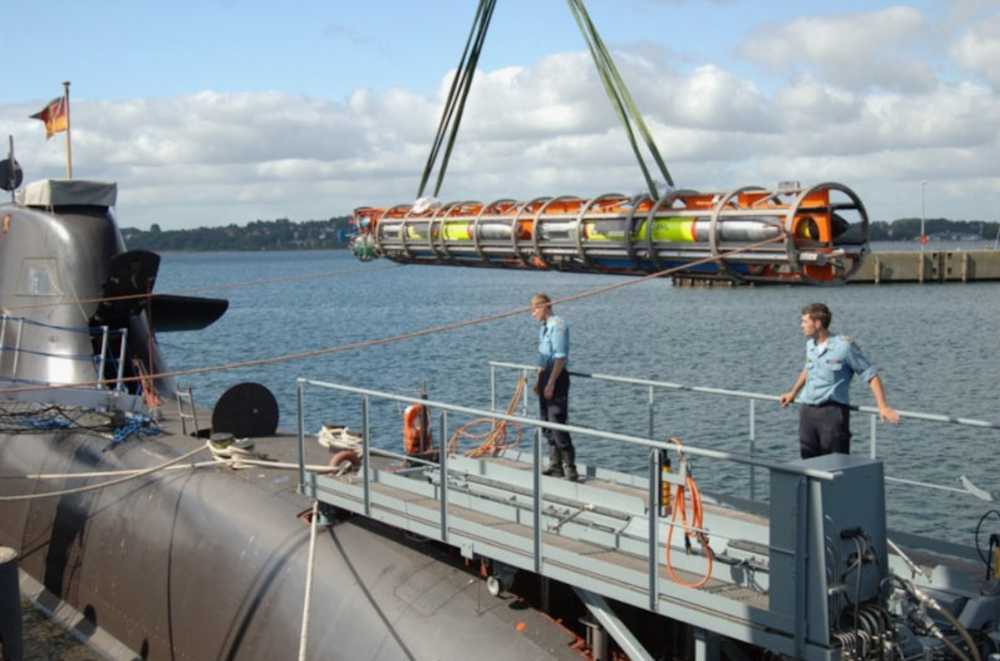
In the past decade, UUV (unmanned underwater vehicle) has become a reality not only as a frontier sensor but also as a remotely operated weapon carrier. UUV can be launched, controlled and recovered by conventional submarines, and can replace submarines to a certain extent, without the need for the mother ship to go to the frontier waters, thereby reducing the risk of submarines and crew members.
The current development trend of the modular design concept of submarines provides new possibilities for conventional submarines to equip a variety of payloads. Submarines with modular design can be equipped with a cargo hold module to provide weapons, electronic countermeasures equipment and decoys or other special-purpose payloads required to perform specific tasks, and can even provide accommodation and support for special forces. For example, in addition to the prescribed crew establishment, the Scorpio-class submarine can accommodate 6 special operations personnel.
South Korea’s Dosan Anchanghao class is also one of the typical submarines equipped with multiple payloads. This class of submarines is equipped with complete detection equipment, sensors and communication systems, including Link-11 tactical data link, infrared detection system, inertial navigation system, global positioning system, radar system, electronic countermeasure system, and a new generation of optoelectronic masts with high resolution and processing capabilities.
The submarine signal management system is gradually improving
In the past decade of development, conventional submarines have gradually achieved perfect management of submarine signals. Due to the effective combination of AIP technology and conventional submarines, AIP technology and conventional power have complementary advantages. Compared with nuclear submarines, conventional submarines have low noise, low infrared characteristics, and small displacement. In particular, Germany’s 212A and 214 types, because their pressure-resistant hulls are made of low-magnetic steel materials, the target strength of the hull itself has reached a very low level.
The shape and anechoic coating of the German Type 216 submarine superstructure enhance its stealth. Through testing the transmission loss coating of the bow and tail and the anechoic coating of the parallel midbody of the pressure hull, these coatings can effectively reduce the target strength. In addition, the propeller and X-shaped tail rudder made of special high-damping composite materials used in the Type 216 can significantly reduce fluid noise. In addition, in order to reduce radiated noise, all power units on the Type 216 submarine are installed on elastic or double elastic bases, and there is an active vibration isolation system in the boat to reduce vibration noise to a lower level. The demagnetization system on the boat reduces the magnetic field strength of the pressure hull, superstructure and equipment to the lowest level.
The French Navy covered some of the pressure hulls of the Scorpio class with anechoic tiles made of new rubber materials, which greatly reduced the acoustic signal strength of the submarine.
Compared with previous generations of conventional submarines, the new submarines designed and launched in the past decade have lower signal characteristics in terms of radiated noise, acoustic target strength, hydrodynamics, magnetic and electrical signals. The combination of these favorable factors provides conventional submarines with lower signal characteristics and smaller target strength, thereby further improving the signal management system of conventional submarines and gradually forming a new concept of conventional submarine stealth.
Due to the extremely rapid development of digital technology, design agencies can model and predict their signal characteristics in the early stages of submarine development. The results combined with submarine operating experience and full-scale testing make it possible to further reduce the signal characteristics of conventional submarines, thereby promoting the improvement of submarine signal management systems.
Integrated combat management system gradually takes shape
In the past decade of technological development, conventional submarines have gradually been equipped with modern, highly integrated and open-architecture combat integrated management systems. Integrated combat integrated management systems include command and weapon control systems, various sensors, communications and data processing equipment, etc. By adopting this type of system, conventional submarines can give full play to their performance in intelligence gathering, mine reconnaissance, evasion tactics, target acquisition and locking attack targets. In addition, by deploying UUVs as front-line sensors, the reconnaissance range can be further extended to the nearshore and into extremely shallow waters without putting the submarine in danger of being discovered.
Conventional submarines upgrade the radar, ESM (electronic support measures) system, visual and optoelectronic systems and other sensors on the mast to ensure that the submarine can identify targets on the surface, land or air when it is submerged. The modern data processing system ensures that all sensor inputs are transmitted to the integrated combat integrated management system for analysis and final decision-making. The submarine combat integrated management system integrates weapon distribution, target detection and tracking, and various detection equipment on the submarine to the greatest extent, thereby greatly improving the combat effectiveness of the submarine.
The trend of strategic submarineization is becoming increasingly obvious
The "Dosan An Changhao" submarine is equipped with 6 missile vertical launch tubes, which can carry 6 "Hyunmoo" 3C cruise missiles with a range of 1,500 kilometers or 6 "Hyunmoo" 4 ballistic missiles with a range of 800 kilometers. Using the same launch tube, both cruise missiles and ballistic missiles can be launched. This "one tube, two uses" technology has no precedent in the century-long development history of conventional submarines. This shows that in addition to its own conventional submarine performance, the "Dosan An Changhao" can also play a partial role as a nuclear submarine or even a ballistic missile nuclear submarine. The design concept of this dual-use vertical launch system for cruise missiles and ballistic missiles has attracted great attention from all countries. This technical feature is also an important sign of the transformation of conventional submarines into strategic submarines.
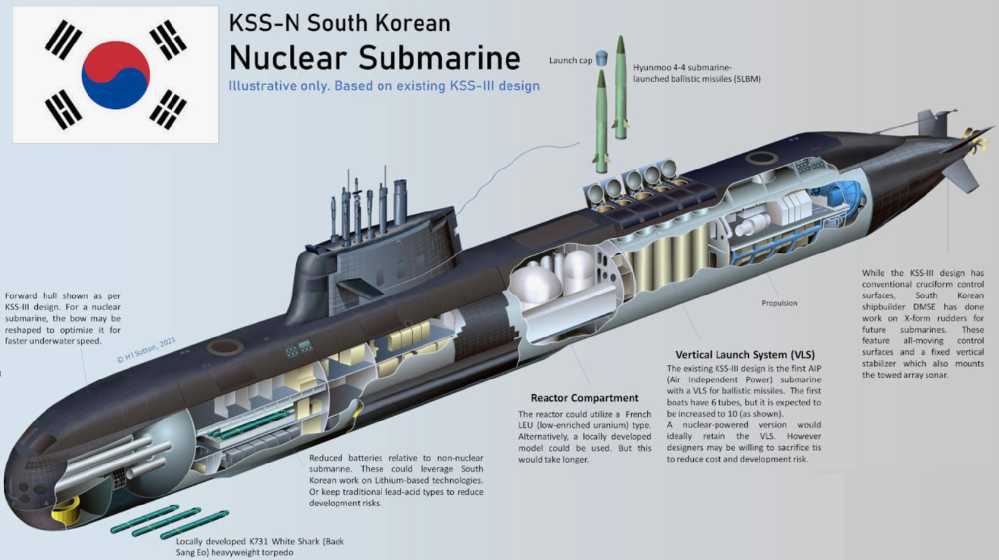
The Russian Kilo class is equipped with a "caliber" cruise missile with a range of more than 1,000 kilometers, and the French Shortfin Barracuda class can be equipped with a "ScalpEG" cruise missile with a range of up to 1,000 kilometers. Both have the ability to accurately strike targets deep in the land. Conventional submarines with the ability to strike deep in the land can not only cause devastating damage to coastal cities, but also extend the range of damage to hundreds of kilometers deep in the land.
Cruise missiles with deep-strike capability against land can carry out precision strikes against military command centers, C3I systems, airports, ports, ships, etc. In addition, ballistic missiles equipped with nuclear warheads will also cause huge casualties to humans, thus creating a huge psychological deterrent effect on the attacked party, weakening its national fighting spirit and disintegrating its national cohesion. In this sense, the strike capability and depth formed by conventional submarines have basically reached the level of strategic submarines.


